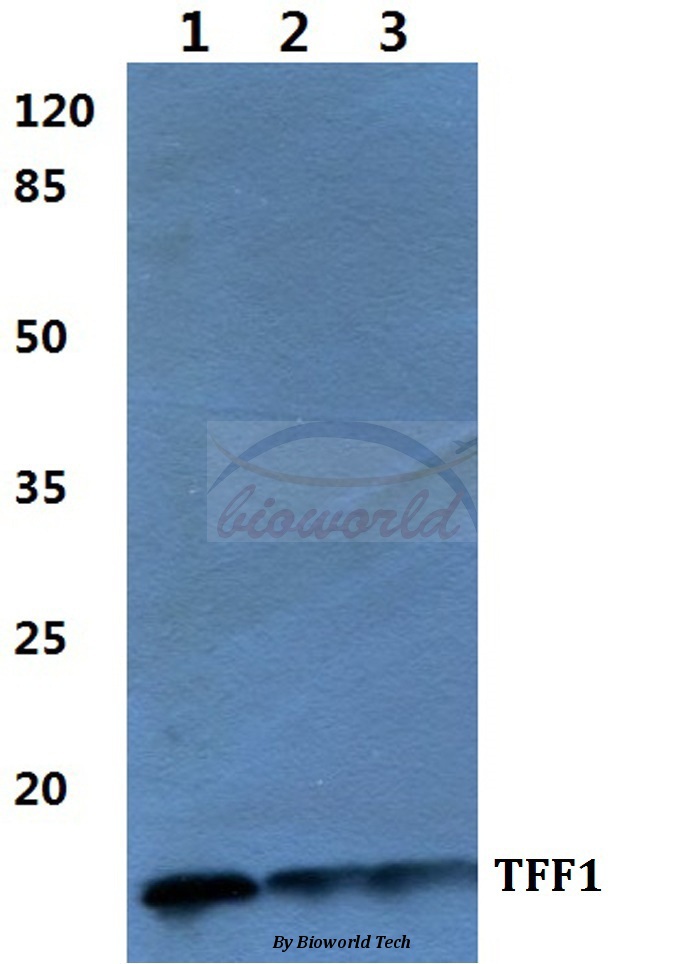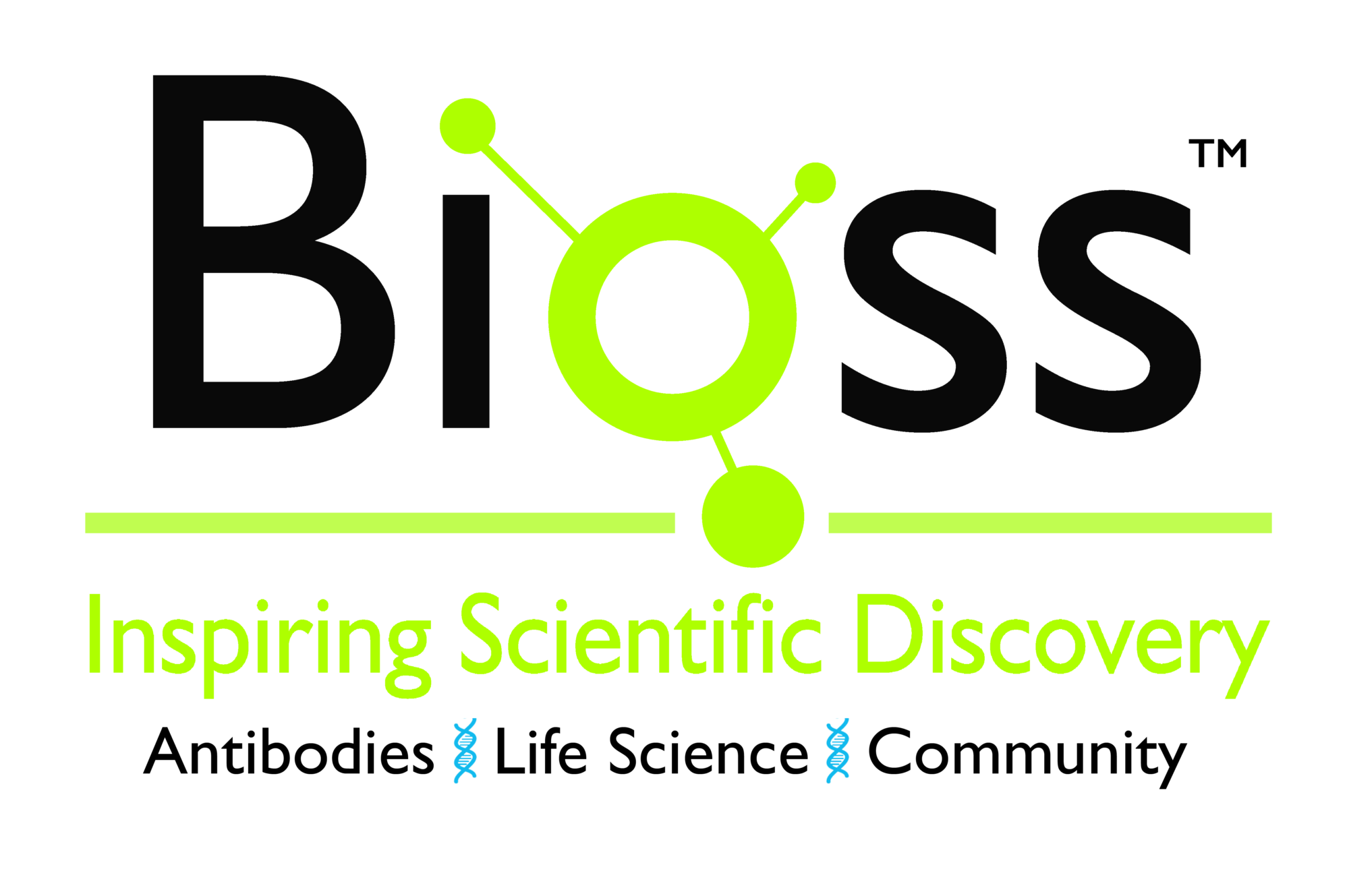![pS2(GE2), Biotin conjugate, 0.1mg/mL [26628-22-8] pS2(GE2), Biotin conjugate, 0.1mg/mL [26628-22-8]](https://biotium.com/wp-content/uploads/2016/12/BNUB0677-0-1.jpg)
pS2(GE2), Biotin conjugate, 0.1mg/mL [26628-22-8]
BNCB0677
ApplicationsImmunoHistoChemistry, ImmunoHistoChemistry Paraffin
Product group Antibodies
TargetTFF1
Overview
- SupplierBiotium
- Product NamepS2(GE2), Biotin conjugate, 0.1mg/mL
- Delivery Days Customer9
- ApplicationsImmunoHistoChemistry, ImmunoHistoChemistry Paraffin
- CertificationResearch Use Only
- ClonalityMonoclonal
- Clone IDGE2
- Concentration0.1 mg/ml
- ConjugateBiotin
- Gene ID7031
- Target nameTFF1
- Target descriptiontrefoil factor 1
- Target synonymsBCEI; breast cancer estrogen-inducible protein; breast cancer estrogen-inducible sequence; D21S21; gastrointestinal trefoil protein pS2; HP1.A; HPS2; pNR-2; polypeptide P1.A; protein pS2; pS2; trefoil factor 1
- HostMouse
- IsotypeIgG1
- Protein IDP04155
- Protein NameTrefoil factor 1
- Scientific DescriptionThis antibody recognizes a polypeptide of 6.5 kDa, identified as pS2 estrogen-regulated protein. Its epitope is localized between aa57-84 of human pS2 protein. pS2 is a trefoil peptide. Trefoil peptides are protease resistant molecules secreted throughout the gut that play a role in mucosal healing. These peptides contain three intra-chain disulfide bonds, forming the trefoil motif, or P-domain. pS2 is known to form dimers and this dimerization is thought to play a role in its protective and healing properties. About 60% of breast carcinomas are positive for pS2. Staining is cytoplasmic, often with localization to the Golgi apparatus. pS2 is shown to be localized in normal stomach mucosa, gastric fluid, goblet cells in the colon and small intestine, and in ulcerations of the gastrointestinal tract. Several studies have shown that pS2 is primarily expressed in estrogen receptor-positive breast tumors and it may define a subset of estrogen-dependent tumors that displays an increased likelihood of response to endocrine therapy.Primary antibodies are available purified, or with a selection of fluorescent CF® Dyes and other labels. CF® Dyes offer exceptional brightness and photostability. Note: Conjugates of blue fluorescent dyes like CF®405S and CF®405M are not recommended for detecting low abundance targets, because blue dyes have lower fluorescence and can give higher non-specific background than other dye colors.
- SourceAnimal
- Storage Instruction2°C to 8°C
- UNSPSC12352203

![pS2(GE2), Biotin conjugate, 0.1mg/mL [26628-22-8] pS2(GE2), Biotin conjugate, 0.1mg/mL [26628-22-8]](https://biotium.com/wp-content/uploads/2016/12/BNUB0677-1-1.jpg)




